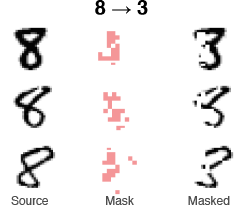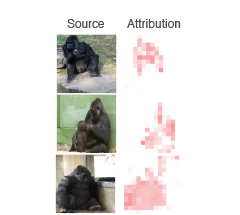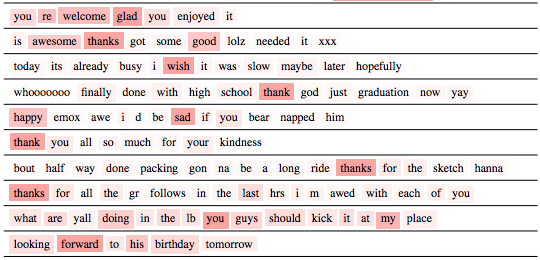
Causal Explanations (CXPlain) is a method for explaining the decisions of any machine-learning model. CXPlain uses explanation models trained with a causal objective to learn to explain machine-learning models, and to quantify the uncertainty of its explanations. This repository contains a reference implementation for neural explanation models, and several practical examples for different data modalities. Please see the manuscript at https://arxiv.org/abs/1910.12336 (NeurIPS 2019) for a description and experimental evaluation of CXPlain.
To install the latest release:
$ pip install cxplainA CXPlain model consists of four main components:
After configuring these four components, you can fit a CXPlain instance to the same training data that was used to train your original model. The CXPlain instance can then explain any prediction of your explained model - even when no labels are available for that sample.
from tensorflow.python.keras.losses import categorical_crossentropy
from cxplain import MLPModelBuilder, ZeroMasking, CXPlain
x_train, y_train, x_test = .... # Your dataset
explained_model = ... # The model you wish to explain.
# Define the model you want to use to explain your __explained_model__.
# Here, we use a neural explanation model with a
# multilayer perceptron (MLP) architecture.
model_builder = MLPModelBuilder(num_layers=2, num_units=64, batch_size=256, learning_rate=0.001)
# Define your masking operation - the method of simulating the
# removal of input features used internally by CXPlain - ZeroMasking is typically a sensible default choice for tabular and image data.
masking_operation = ZeroMasking()
# Define the loss with which each input features' associated reduction in prediction error is calculated.
loss = categorical_crossentropy
# Build and fit a CXPlain instance.
explainer = CXPlain(explained_model, model_builder, masking_operation, loss)
explainer.fit(x_train, y_train)
# Use the __explainer__ to obtain explanations for the predictions of your __explained_model__.
attributions = explainer.explain(x_test)More practical examples for various input data modalities, including images, textual data and tabular data, and both regression and classification tasks are provided in form of Jupyter notebooks in the examples/ directory:



Please consider citing, if you reference or use our methodology, code or results in your work:
@inproceedings{schwab2019cxplain,
title={{CXPlain: Causal Explanations for Model Interpretation under Uncertainty}},
author={Schwab, Patrick and Karlen, Walter},
booktitle={{Advances in Neural Information Processing Systems (NeurIPS)}},
year={2019}
}This work was partially funded by the Swiss National Science Foundation (SNSF) project No. 167302 within the National Research Program (NRP) 75 "Big Data". We gratefully acknowledge the support of NVIDIA Corporation with the donation of the Titan Xp GPUs used for this research. Patrick Schwab is an affiliated PhD fellow at the Max Planck ETH Center for Learning Systems.